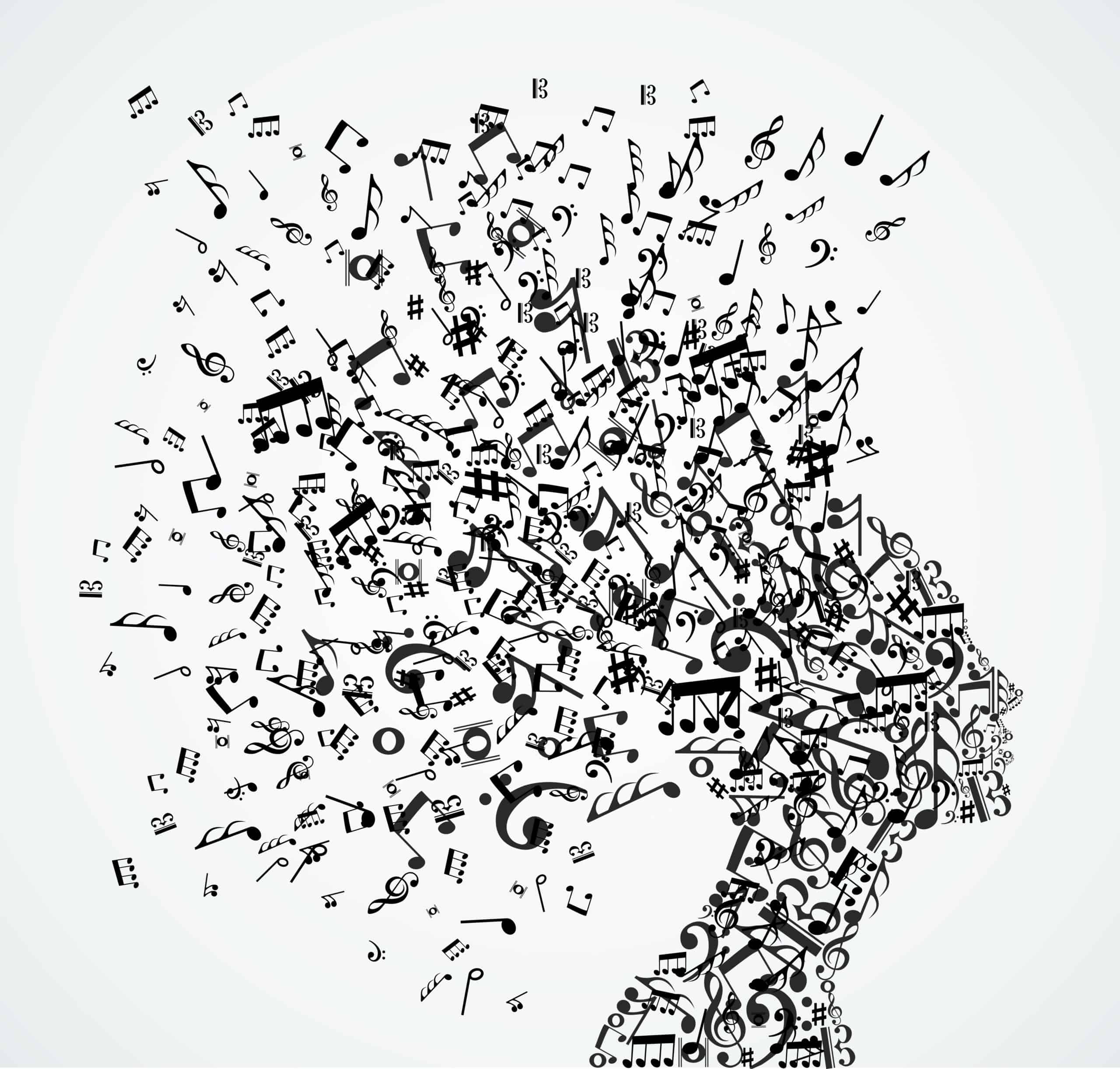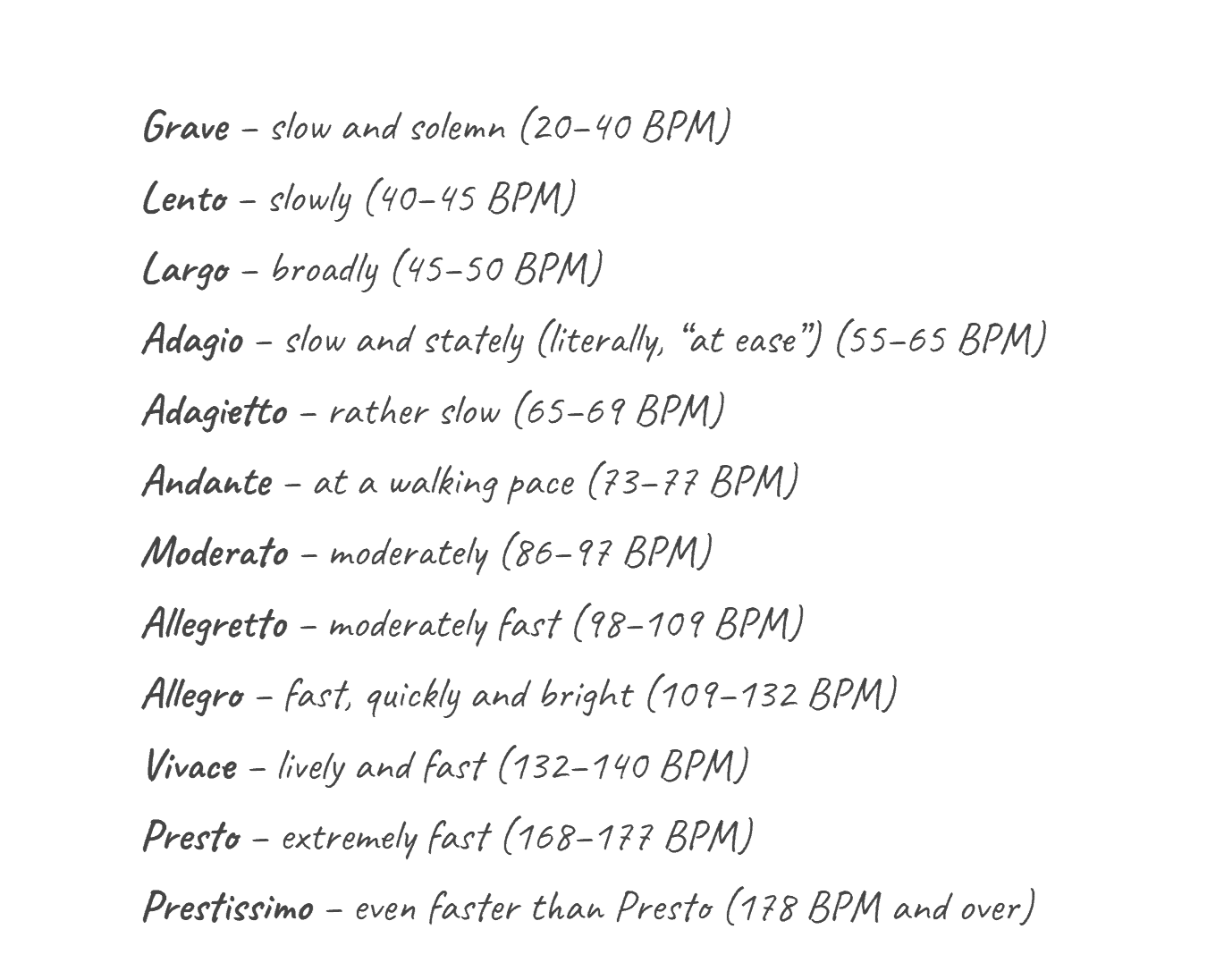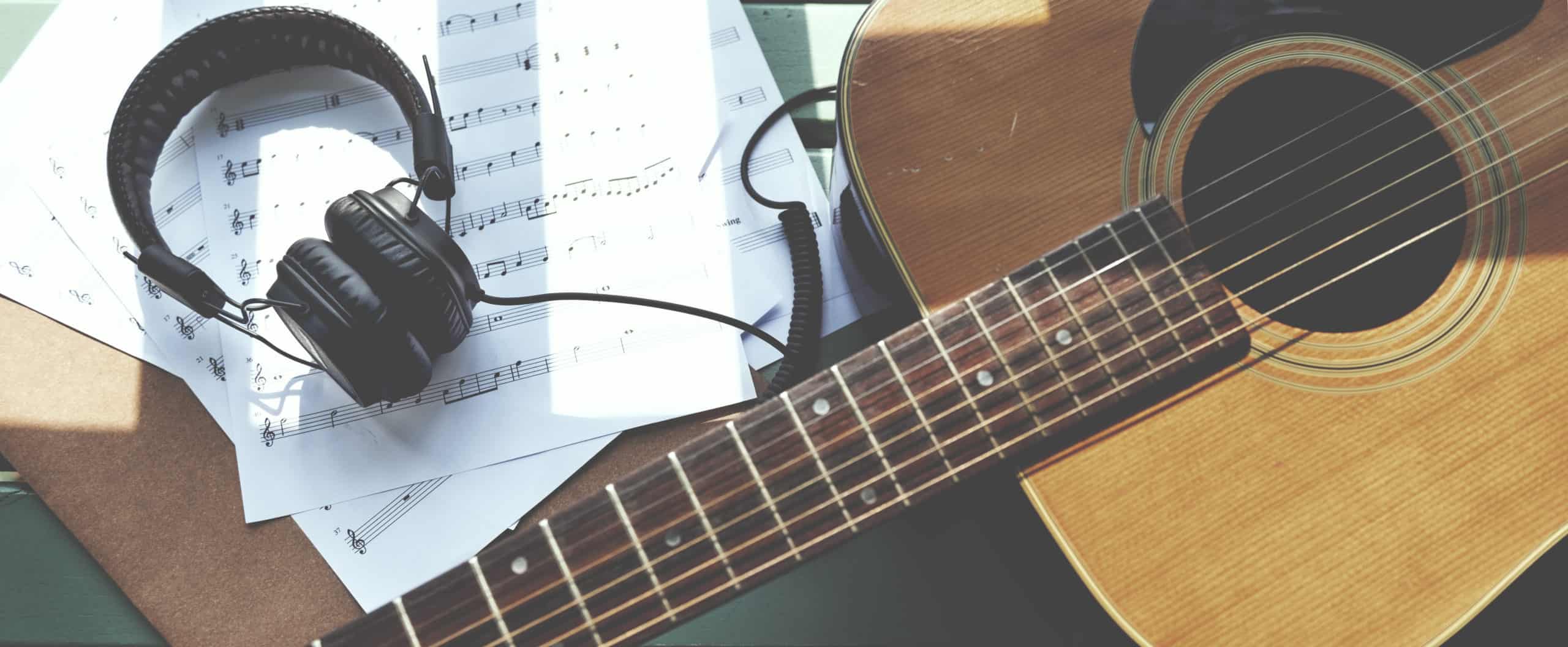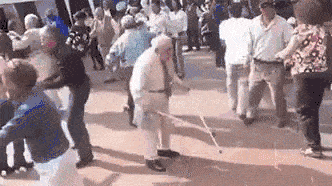BPM in music is a simple and widely known acronym that stands for Beats Per Minute. This refers to what speed or tempo you play a song or exercise. The higher the number, the faster the tempo, and the lower the number, the slower the tempo.
A lower number BPM in music means to play it slower and a higher number BPM in music means to play it faster. As an example, take 60 bpm - this speed means roughly 1 beat per second, and 120 BPM is twice as fast or 2 beats per second.
It may be easier for you to understand if you have some references to go by as to how BPM can be useful to guitar players.
3 Examples of How to Use BPM in Music

1 - Reading Music
BPM tells you how fast a song should be played when you're reading music. The Composer uses BPM to tell you how fast or slow they intended the music to be played.
This can be done at the top of the music where they give a quarter note and its corresponding BPM. They can also include a tempo marking, like for example Allegro, to tell the musician how fast or slow the music is meant to be played.
After practicing the piece with that BPM, you can little by little get used to the feel of the speed and move away from using the metronome all the time.
In classical music, the composer will use Italian markings to let the musician know what tempo is to be played, instead of using BPM. Below is a chart to show you some of these Italian markings.

2 - Practicing
I use BPM to measure my practice progress. I set a certain BPM to start practicing a song or exercise, and then gradually increase the tempo in order to increase the difficulty slowly.
Several benefits of practicing with BPM:
- helps to play in rhythm without slowing down or speeding up
- helps track your progress
- helps add variety to my practice sessions instead of doing the same thing over and over again.
3 - Composing Music

When composing music, I start with a BPM for what I imagine the song would sound like. Then after a while, I am able to just feel the tempo depending on the different style of song I'm writing.
Feel the BPM!

Here's a tip for you when learning about BPM. Over time, as you practice using BPM in music, try to get a feel for the tempo itself.
You will see that the more you practice using it, the more you will learn to know what speeds to expect from different BPM. Try using a metronome sometimes in your guitar practice routine, and you will see how you start to get accustomed to the different speeds that you use!
Be sure to subscribe to my YouTube Channel to get more helpful guitar practice tips, lessons, and songs!
Would you like to learn 3 Easy Ways to Use a Metronome to Practice Guitar? Check out the link below!



